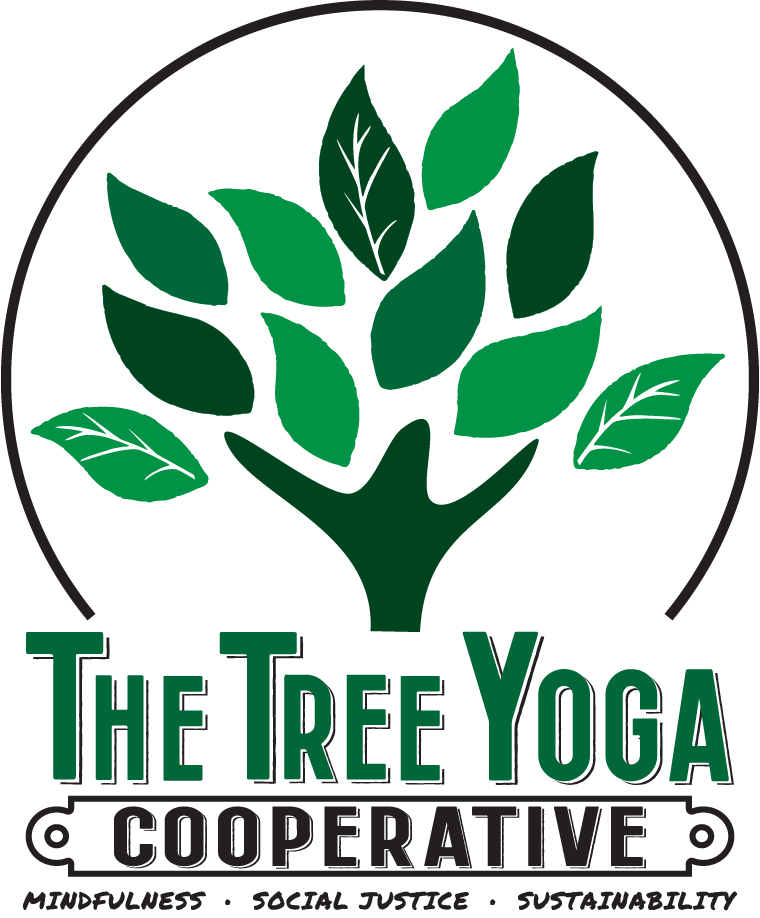Week Three
Week 3 was jam packed for the spring 2021 YTT cohort. Our theme for this weekend: Surya B (a variation on the Sun Salutation A series we explored last weekend) and Creating Community.
Let’s dive in!
SATURDAY
Saturday saw the addition of two new postures to our Sun Salutation series: Chair pose and Warrior I. We continued our asana breakdown in the same way we had been learning the previous couple of weeks -- with a focus on alignment, flow, breath, and anatomy.
After a somewhat brief review of the Sun Salutation B series, we moved on to part two of our discussion on the Art of Teaching -- the role of our voices as instructors. This topic seemed to disturb the comfortable vibe our sessions had begun to take on, with much of the class admitting to feeling more or less anxious about using their voices. The lecture included tips on how to give clear and concise cues. Here’s a handy formula: action + body part + location/direction, e.g. extend + the arms + up overhead.
A good cue can help prevent injury in your students or reveal when a modification might be necessary to achieve a certain posture.
Following this brief lecture, J and Jana threw us into the deep end with our very first teaching exercise. Our trainers paired us off, directing each student to lead the other in two rounds of Sun Salutation A and two rounds of Sun Salutation B using vocal instructions only. Besides remembering the postures and the flow, being able to give clear instruction to another turned out to be a lot of work. I ended up doing the postures along with my partner as I instructed her until I got called out by one of our trainers. The exercise took about 40 minutes.
When we came back together as a class to discuss, some of the main phrases the class used to describe this exercise were a hot mess and humbling and respect for our trainer’s expertise!
SUNDAY
After our Sunday svadhyaya and a quick review of yesterday’s illuminating teaching exercise we welcomed the first guest lecturer of our training sessions. This week's speaker was none other than Jenni Alvarez, co-owner at the Yoga Tree Co-op and public health professional. The subject: Yoga As a Practice of Healing Justice.
We went deep in our discussions of the effects of trauma, the tools that yoga can provide, the power of community healing, and the difference between equity and equality. In her lecture, Jenni also gave the class insight into how The Tree works to meet community needs by building intentional relationships within existing community structures. It was a rich discussion on the challenges, as well as the successes, of community based healing of collective trauma. We closed the conversation with a brainstorming session where we created our own mission statements as yoga teachers.
Our discussion on collective trauma fed neatly into our lecture for the second half of the Sunday session: The Decolonization of (Our) History. In this lecture, J offered an alternative perspective on world history that aimed to address and dismantle the white supremacist and patriarchal construction of history, a pervasive narrative that many in our community have encountered in the U.S. public school system. We travelled through time all the way from the Big Bang on to the origins of humanity, tracing the development of civilization itself. By connecting spiritual threads between various ancient civilizations (e.g. the commonality of astrological calendars, zodiac systems, spiritually based codes of conduct, etc.) J constructed a comprehensive argument that yoga and it’s principles are actually an ancient knowledge. It is a knowledge that can trace its roots all the way back to Africa, the continent from which the whole of humanity sprang forth.
Pictured above, a slide of the Out of Africa migration theory from J’s lecture.
The lecture was a powerful reclamation of cultural self knowledge and a sound rejection of the racist histories sold to us by our would-be oppressors.
WEDNESDAY
After our meaty conversations from the weekend sessions, the focus of Wednesday evening’s practice (led by Jana) was on finding balance on the mat.
During the discussion portion of class we turned our attention to the second Yama — satya, the principle of truthfulness. As a class we weighed the difference between truth and judgment, understanding our own motivations in sharing “our truth”, and finding the balance (or the “dance”) between speaking the truth and doing no harm. We explored the idea of truth as something that can change depending on the context and the perspective of the individual sharing their truth. Moreover, to live in satya means to live in your truth with grace and awareness. Cue mic drop!


